Let’s recap the previous lesson on Data Communication! Take this short quiz at https://www.proprofs.com/quiz-school/story.php?title=data-communication-quiz
—————————————————————————————————————————————–

E-communication, or electronic communication, refers to the transfer of writing, signals, data, sounds, images, signs or intelligence sent via an electronic device. Some examples of e-communication are email, text messages, social media messaging and image sharing.
The Components Needed for Successful Electronic Communication
The components required for successful electronic communication include the following:
- Receiving Devices
- Sending Devices
- Communication Devices
- Communication Channels
- Wired
- Wireless
A) Receiving and Sending Devices
A sending device initiates an instruction to transmit data, instruction, or information or e.g., Computer A, which sends out signals to Computer B.
A receiving device accepts the data, instructions, or information for e.g., Computer B, which receive the signals from Computer A.
The following are examples of devices that may serve as receiving or sending devices:
- Fax Machine

A fax (facsimile) machine is a device that sends and receives documents via telephone lines. A document sent by a fax machine is known as a fax.
- Smart Phones
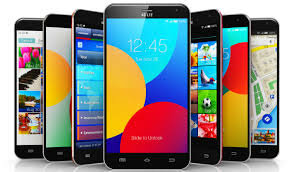
Smart phones are cell phones that can track phone calls and their costs; include PDA functions; and use wireless technology that enables a user to fax, send and receive e-mail messages, and browse the Web.
- Laptop
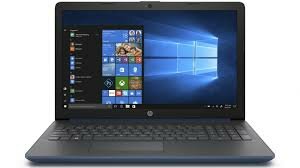
A laptop is a portable computer that has most, or all, of the same abilities as a desktop, but is small enough for easy mobility. Portable computers run off AC power or batteries for several hours.
- Tablet
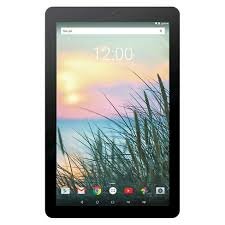
A tablet is a mobile computing device designed to be held in one or two hands. It is typically the size of a book (seven inches or bigger) and resemble a large smartphone. Tablets can access the internet and act in many ways like a laptop.
B) Communication Devices
A communication device converts the data, instructions, or information from the sending device into signals that can be carried by a communications channel for e.g., Modem A, which converts the computer’s digital signals into analog signals.
- Modem – Modulator/Demodulator

A modem is a communications device that converts digital and analog signals. The word, Modem, is derived from a combination of the words,
modulation and demodulation.
♦♦ Modulation is to convert digital signals into analog signals.
♦♦Demodulation is to convert analog signals into digital signals.
- Router
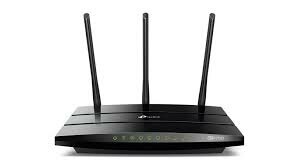
A router is an intelligent communications device that sends (routes)
communications traffic to the appropriate network using the fastest
available path.
C) Communication Channel/Transmission Media
A communication channel is a medium (or path) through which a message is transmitted to its intended audience for e.g., A standard telephone line, along which the analog signals are sent.
Wired:
-uses wire, cable, and other tangible (touchable) materials to send communications signals.
- Telephone Lines
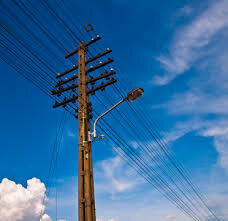
Standard phone lines transmit data more slowly in comparison to other communication channels, but devices such as modems make phone lines practical for data transmission over long distances. Telephone lines transmits analog signals, which are then converted into digital signals by a modem.
- Coaxial Cable

Coaxial cable consists of a single copper wire surrounded by three layers:
- an insulating material,
- a woven or braided metal, and
- a plastic outer coating.
Coaxial cable is insulated more heavily than twisted-pair cable. Cable television wiring often uses coaxial cable because it can be cabled over longer distances than twisted-pair cable.
- Twisted-pair Cable
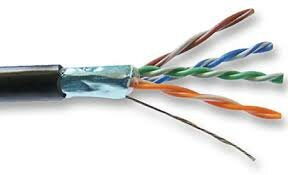
Twisted-pair cable consists of one or more twisted-pair wires bundled together. Each twisted-pair wire consists of two separate insulated copper wires that are twisted together. The wires are twisted together to reduce noise, which is an electrical
disturbance that can degrade communications.
- Fibre Optic Cable

Fiber-optic cable consists of dozens or hundreds of thin strands of glass or plastic that use light to transmit signals. Each strand, called an optical fiber, is as thin as a human hair.
Wireless:
-sends communications signals through the air or space using radio, microwave, and infrared signals.
- Bluetooth
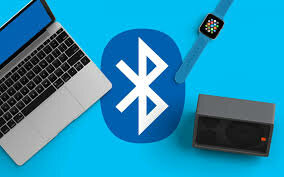
Bluetooth is a radio frequency (RF) specification that many portable devices use
for short-range wireless communications. Each device must be within a specified range
(about 10 meters).
- Satellite
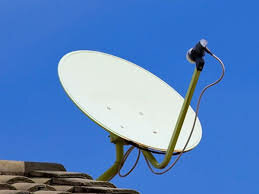
A communications satellite is a space station that receives microwave signals from an earth-based station, amplifies (strengthens) the signals, and broadcasts the signals back over a wide area to any number of earth-based stations. You usually need a satellite dish to receive signals from the satellite which are sent as microwaves
- Microwave Station
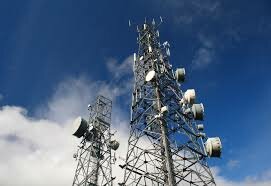
Microwaves are radio waves that provide a high-speed transmission. Microwave transmission involves sending signals from one microwave
station to another. A microwave station is an earth-based reflective dish that contains the
antenna, transceivers, and other equipment necessary for microwave
communications.
Class Activity
A. Outline TWO devices for each of the following:
- Sending/receiving devices (2 marks)
- Communication devices (2 marks)
B. Differentiate between wired and wireless communication channels. (4 marks)
C. Read the following statements below and place the most suitable terms, from the lesson above, in the banks spaces provided. (4 marks)
- Devices that converts the data, instructions, or information from the sending device into signals that can be carried by a communications channel. _______________________________
- Devices that initiates an instruction to transmit data, instruction, or information. ______________________________
- A medium through which a message is transmitted to its intended audience.____________________________________________
- Devices that accepts data, instructions, or information.______________________________
D. Indicate whether the following are receiving devices, sending devices , communication devices or communication channel. For communication channels, you must indicate wheteher channel is wired or wireless. (A device may fall in more than one category).
(8 marks)
| Devices/Channels | Receiving Devices | Sending Devices | Communication Devices | Communication Channels | |
| Wired | Wireless | ||||
| 1. Twisted-pair cables | |||||
| 2. Modem | |||||
| 3. Fax Machine | |||||
| 4. Smart Phones | |||||
| 5. Telephone lines | |||||
| 6. Router | |||||
| 7. Tablet | |||||
| 8. Bluetooth | |||||
Homework
Create a scrapbook that shows pictures of sending and receiving devices, communication devices and different types of transmission media. Ensure that all images are labelled properly. They should also be placed under the correct category of devices/channels.
References
https://resources.hkedcity.net/downloadResource.php?rid=783197142&pid=783197142

nice i love this app thanks miss Richardson
LikeLike
This helps me so
much
LikeLike